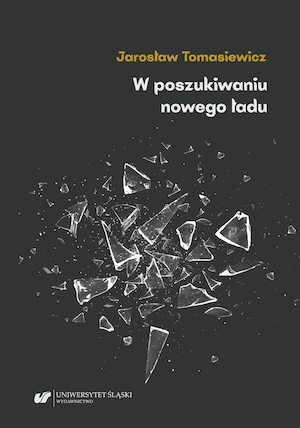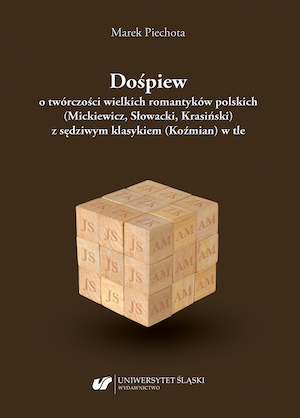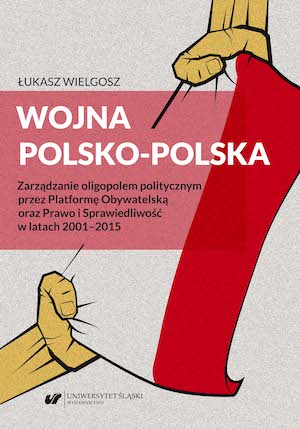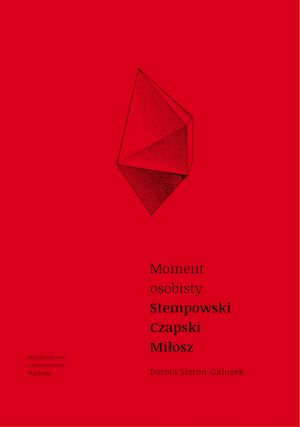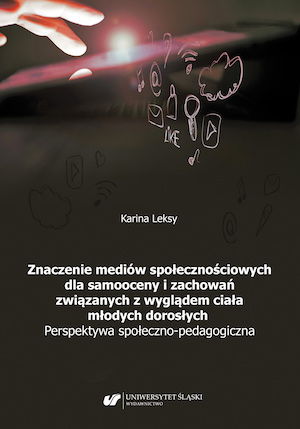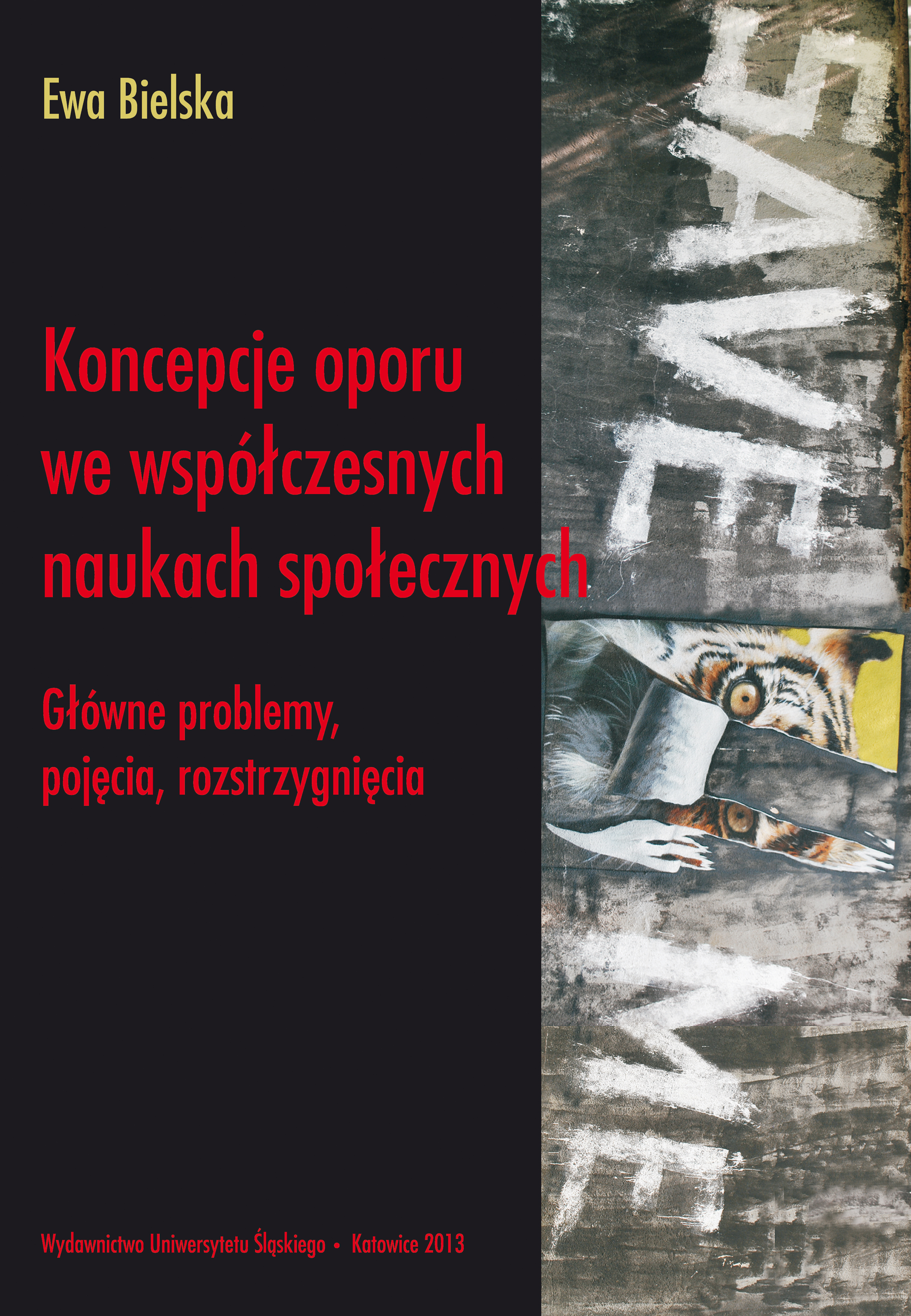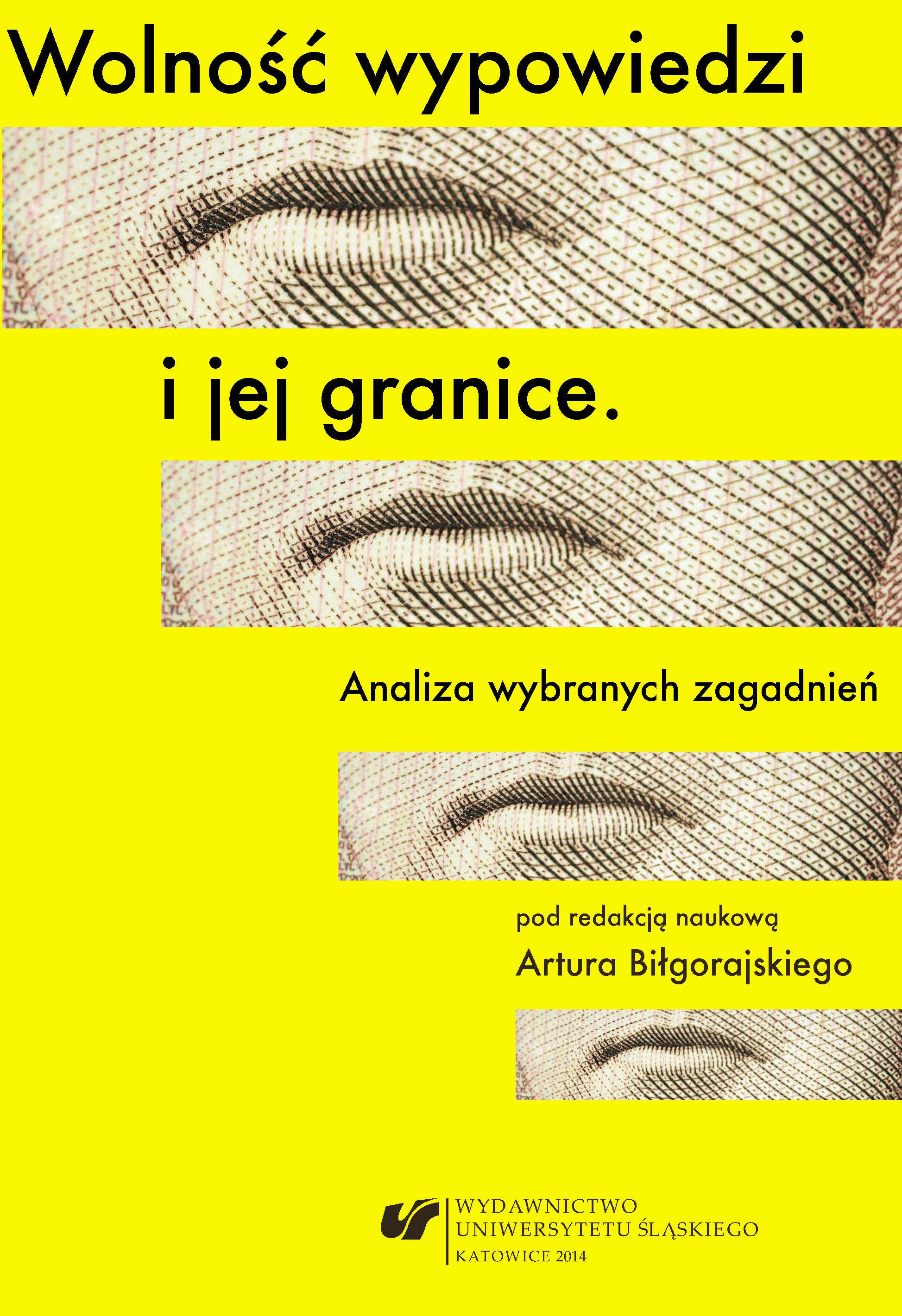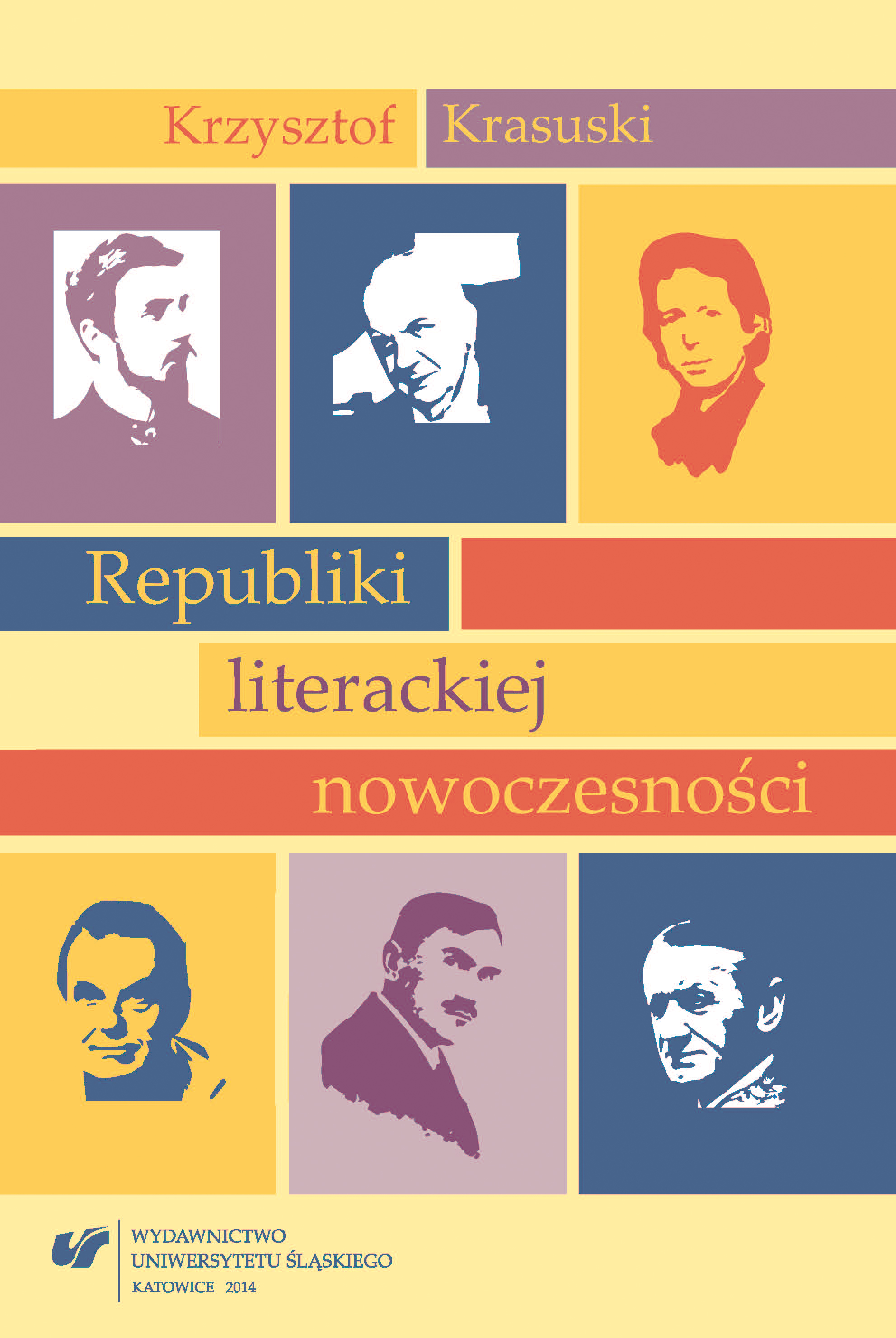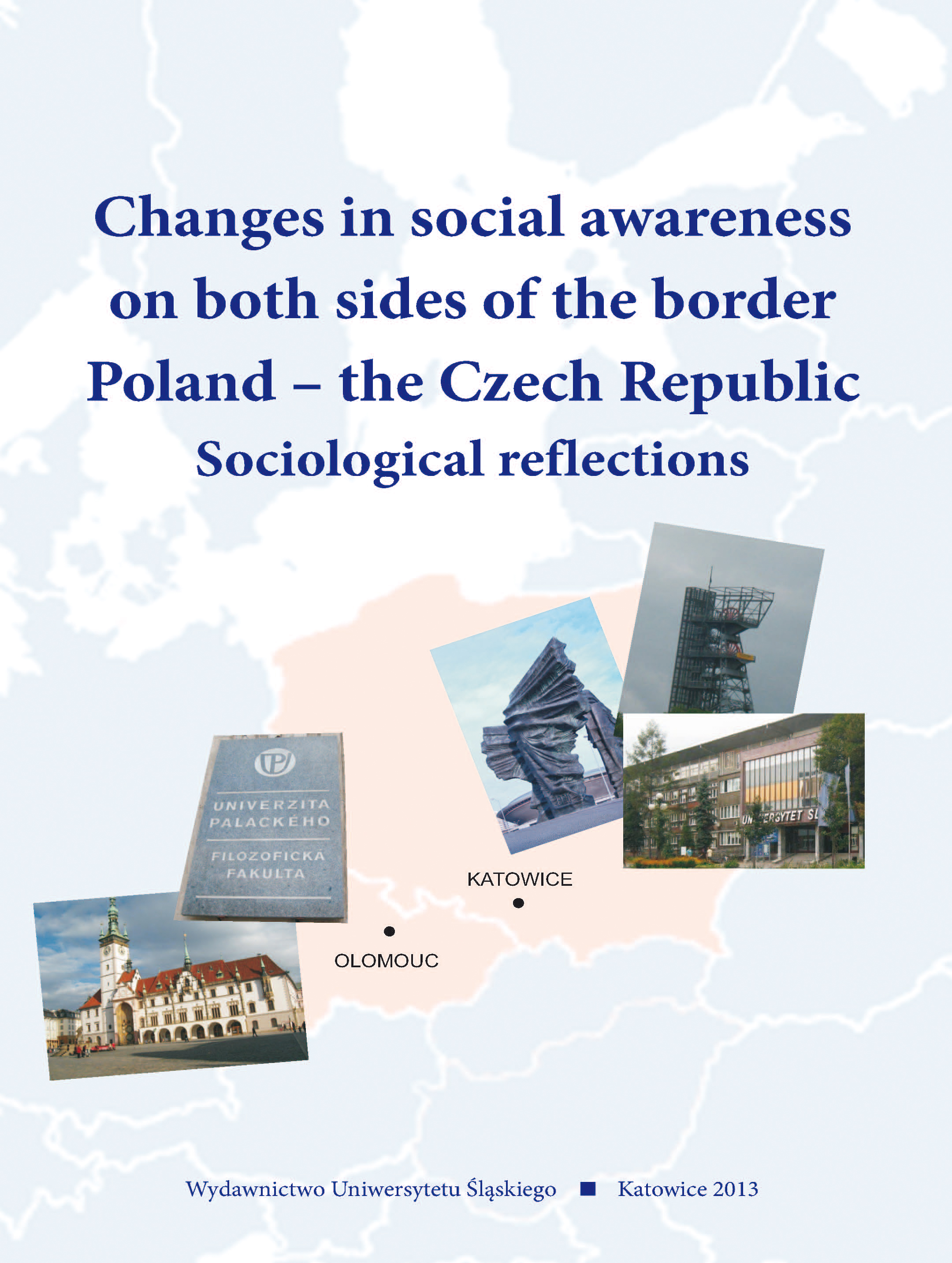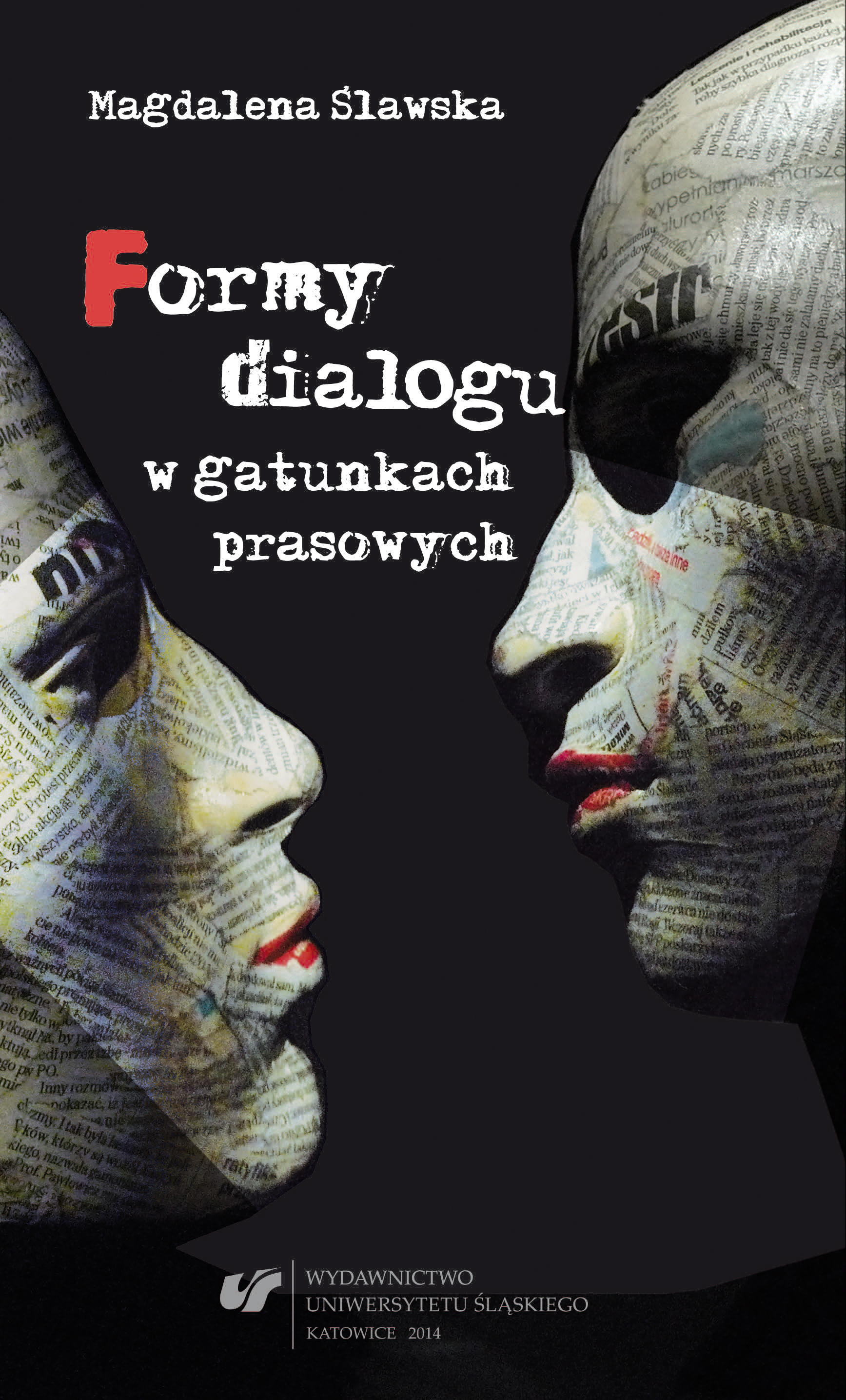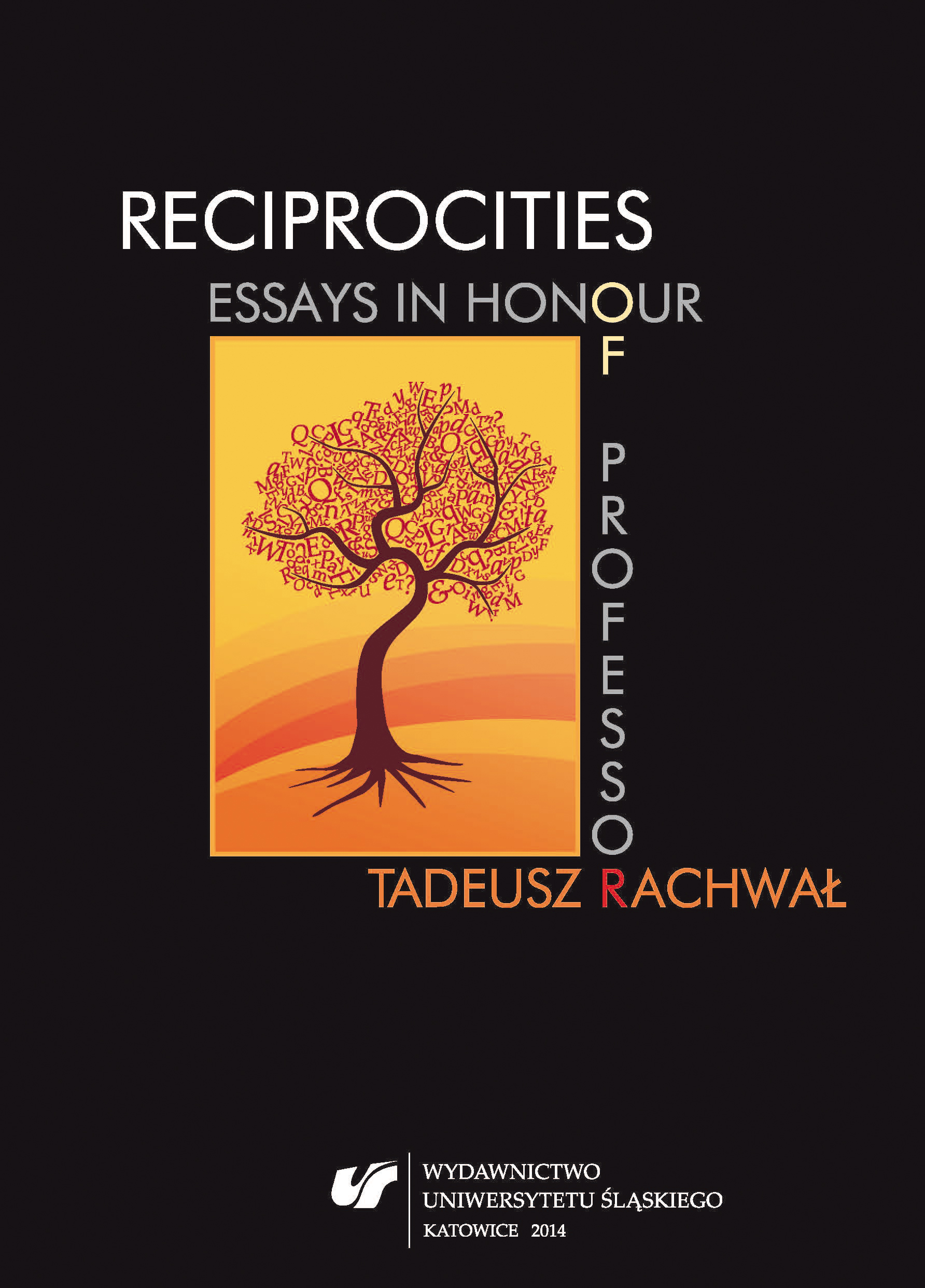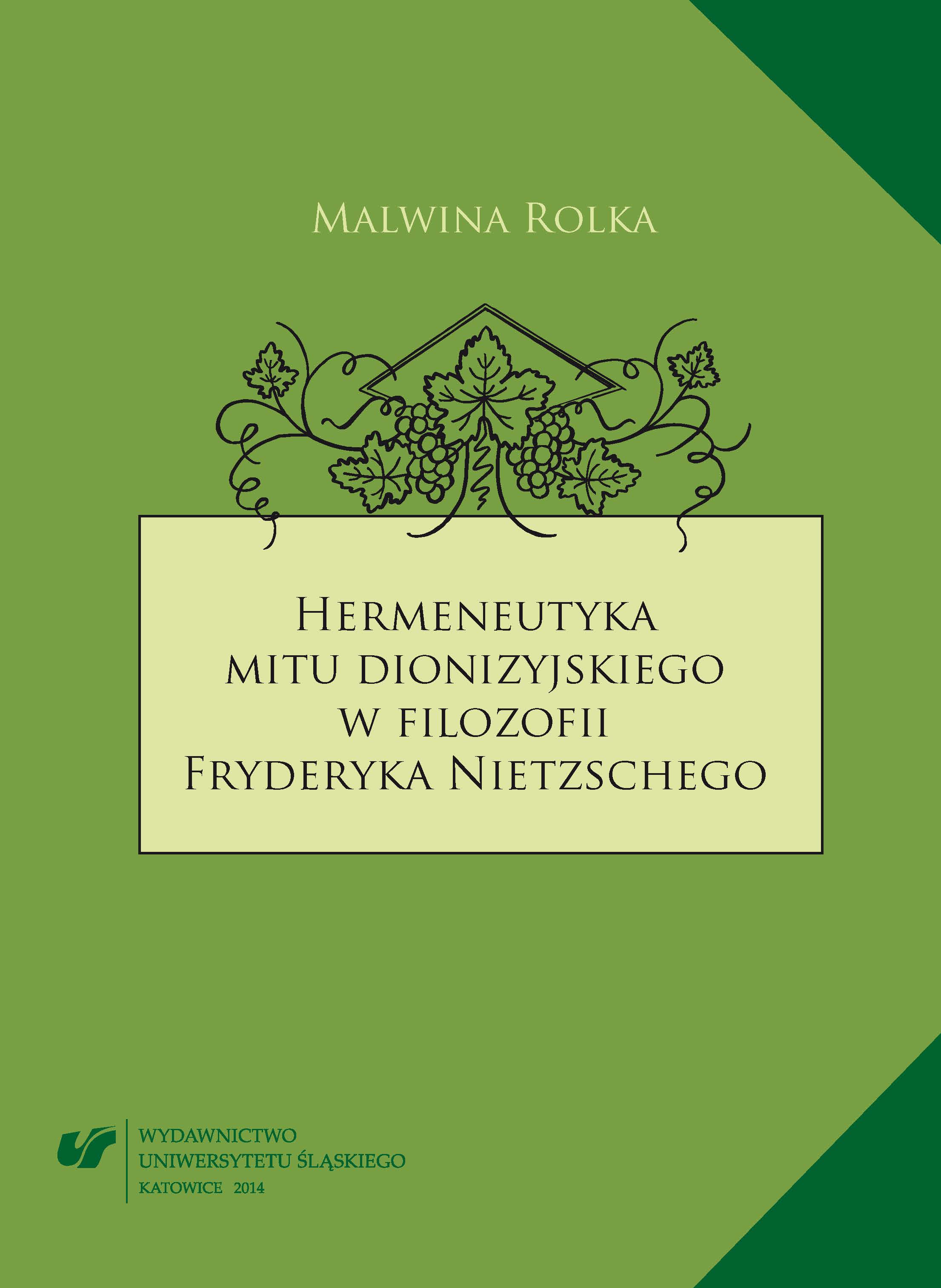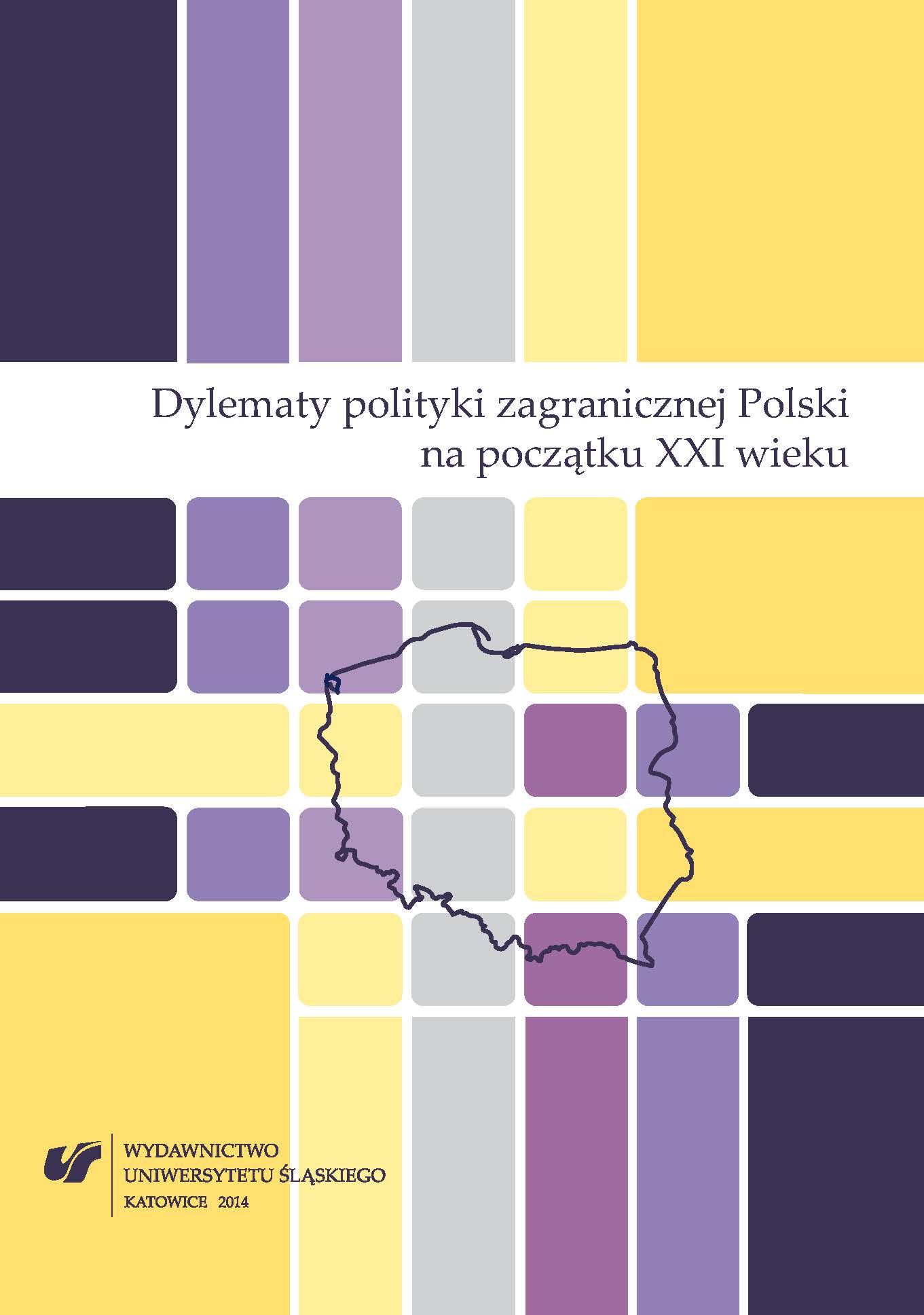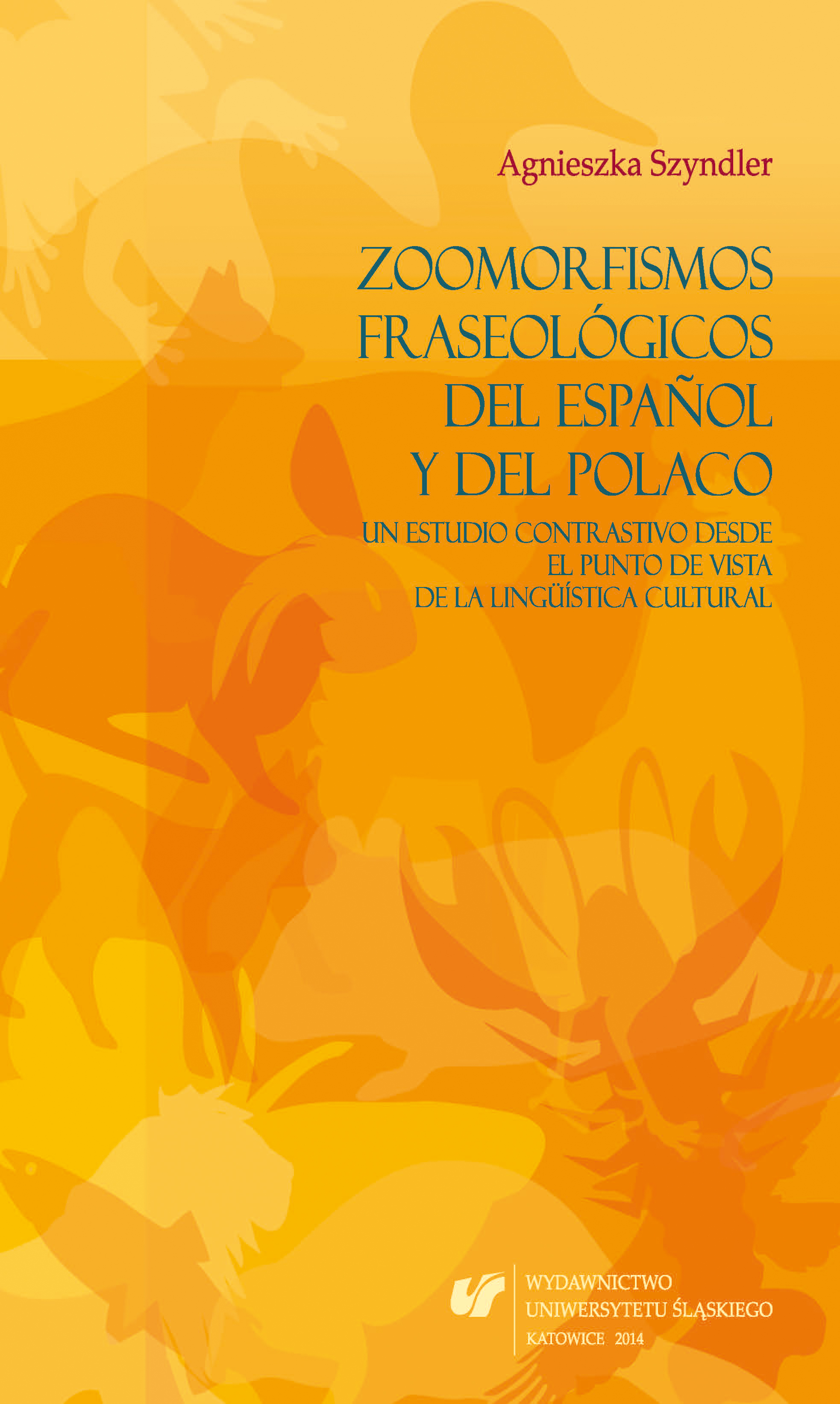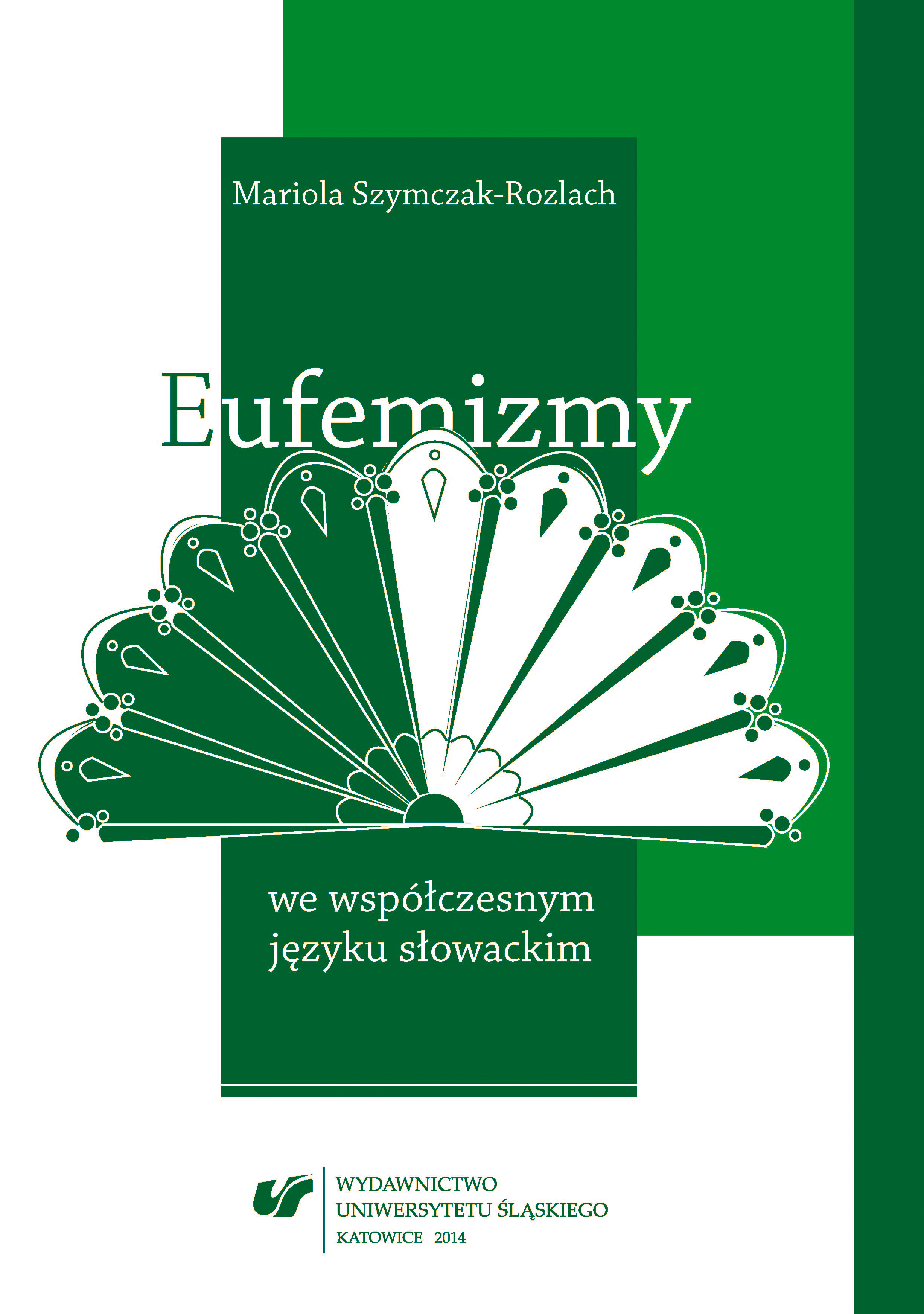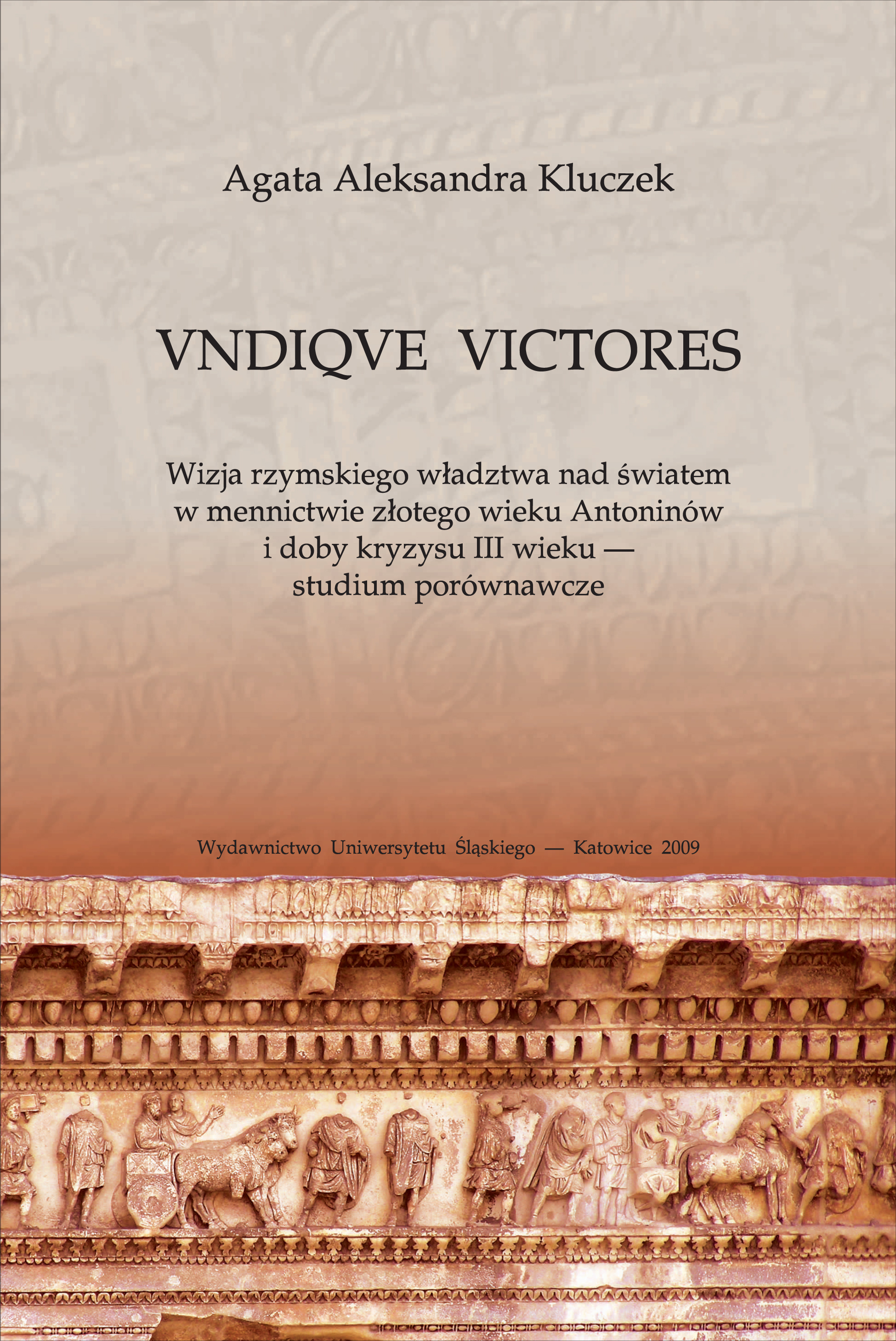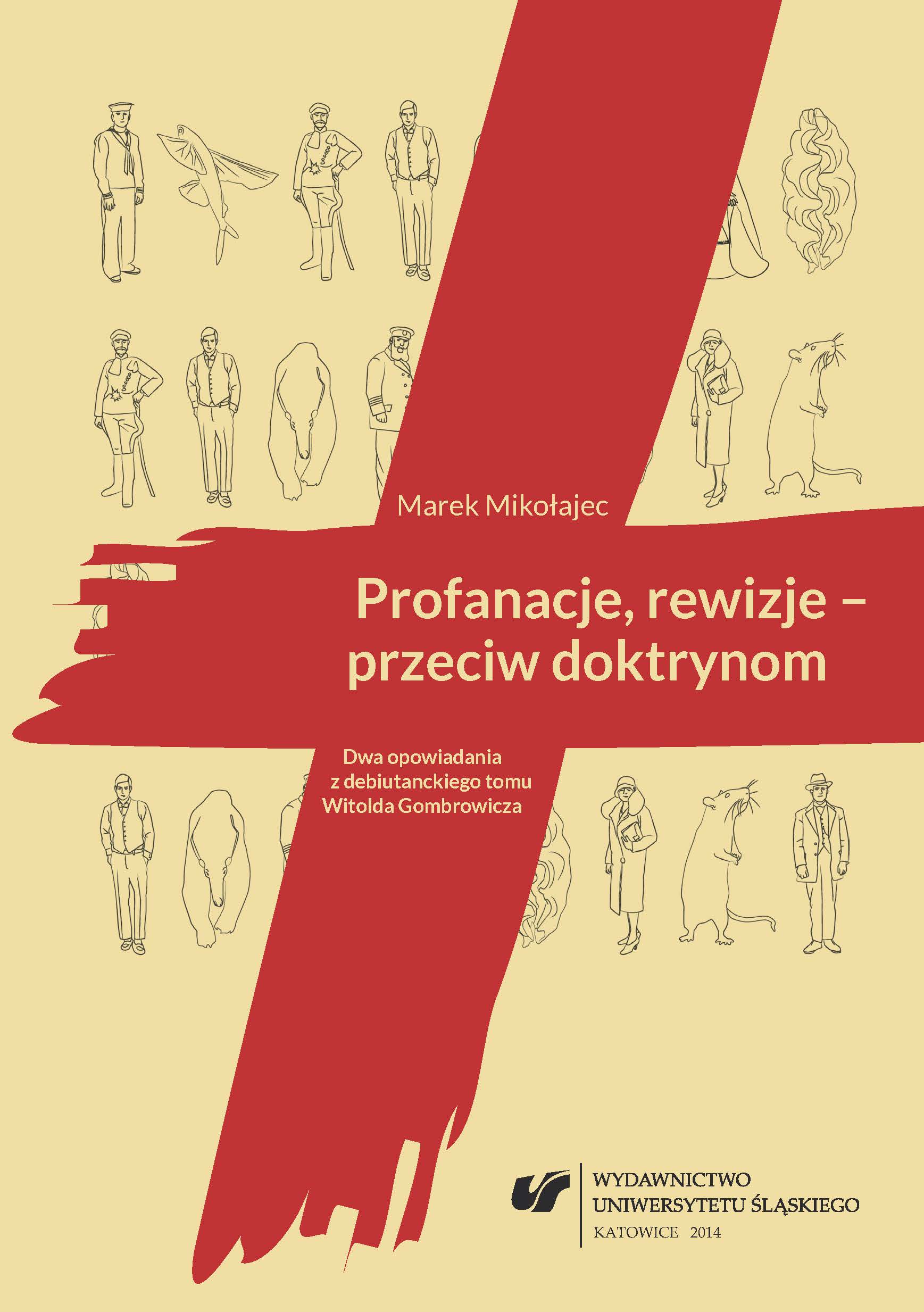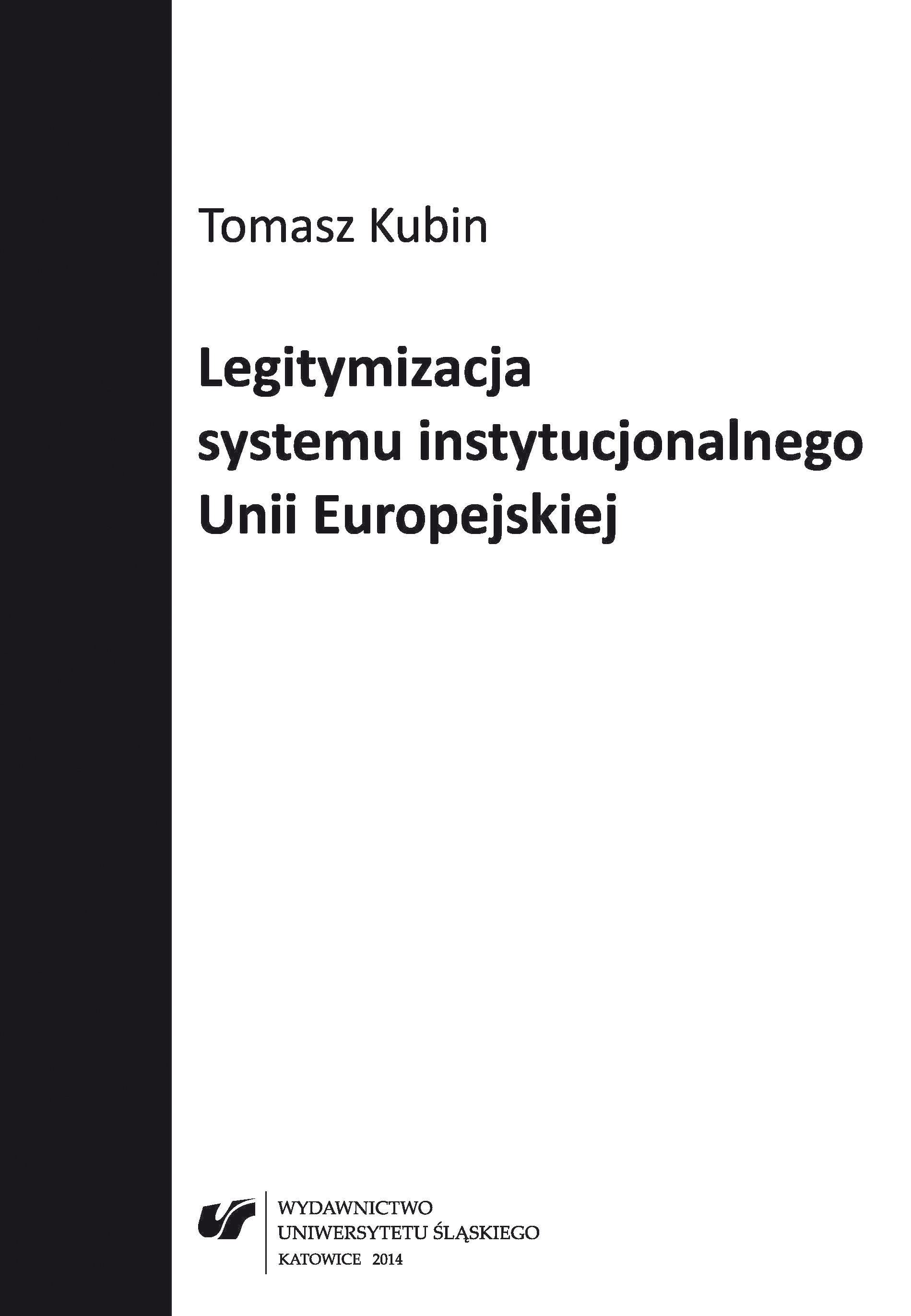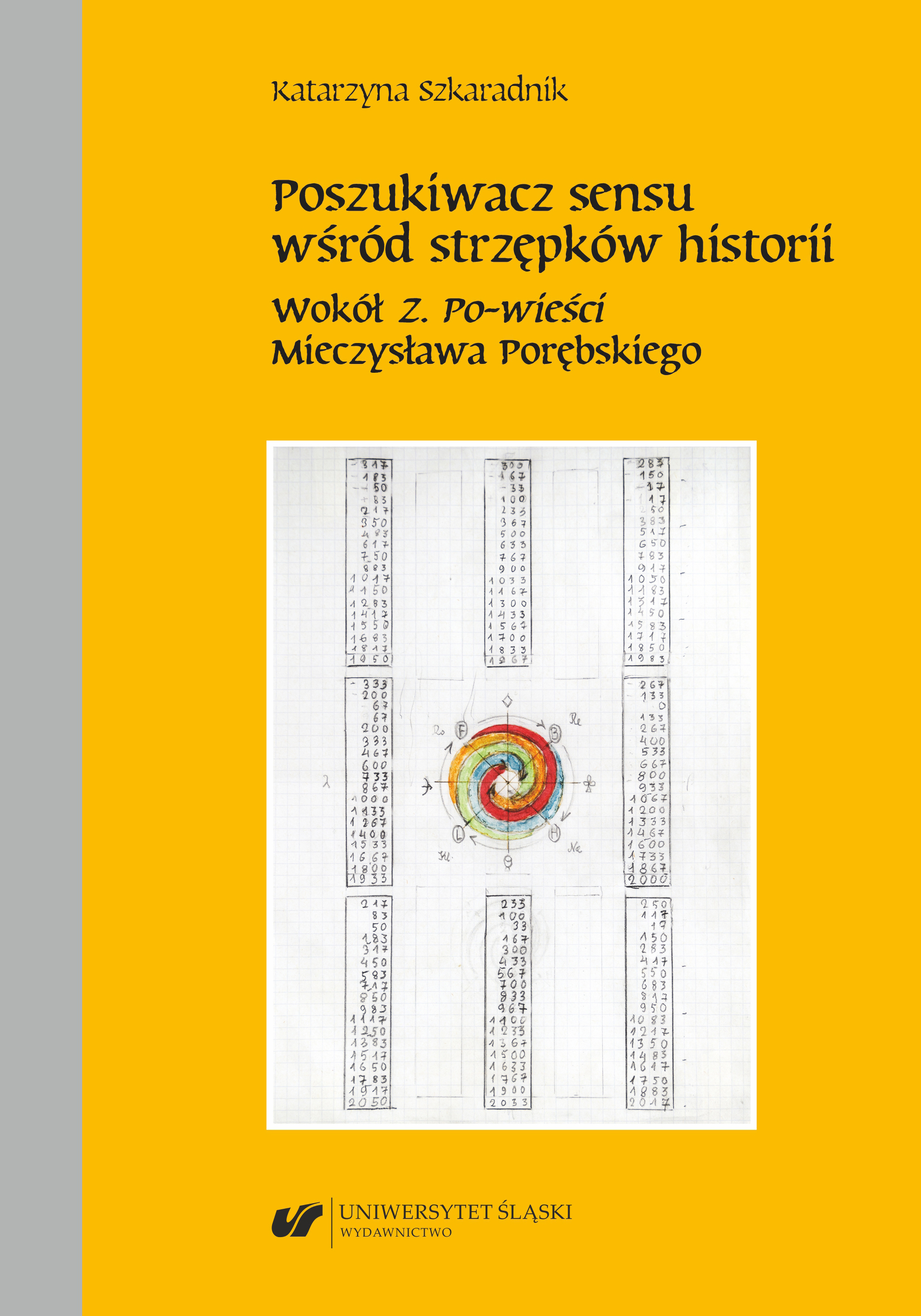VNDIQVE VICTORES. Wizja rzymskiego władztwa nad światem w mennictwie złotego wieku Antoninów i doby kryzysu III wieku – studium porównawcze
Author(s): Agata A. Kluczek / Language(s): Polish
Keywords: Roman Imperial Propaganda;
Numismatic Sources;
Roman Emperor's Power;
Antonine Dynasty;
Roman Rule Over the World;
The work is devoted to the images of the Roman emperor’s power, its thematicbackground being the idea of the Roman rule over the world. The work aims to definethe scope within which the very idea was functions, and the way it was developedin the imperial propaganda of the Golden Age of the Antonine dynasty andthe times of the 3rd century crisis, as well as a comparison of the image of the Romancontrol over the world promoted in these two epochs, it constituting the mostimportant aim.The research task formulated in this way influences the fundamental basis of theanalysis, it being the numismatic sources. Imperial coins had a special impact on thetransmission of ideological information and motives in the Roman Empire. Besides,it is merely the imperial coins that constitute a homogeneous group of research explorationfor the two epochs and allow for the formation of a common and identicalbasis of inference. A disproportion of quantity and quality of other source materialscauses the situation in which an attempt to compare any of the propaganda motivesin the very periods of time, based on the analysis of other sources such as ancientli terature, epigraphics, monumental art — which fulfill the requirement of complementarinessonly for one at the epochs and are too few for the other one, is doomedto be fruitless. Nevertheless, the references to both of them will show the locationand understanding of some ideas in the Roman tradition, as well as update and explainor confirm what derives from the research on the imperial coins, them beingprimary for the issue in question.The work consists of two parts. The attention is paid to three categories, i.e.:Imperium Romanum, the world of Barbarians and the emperor, though they do notstrictly correspond to particular chapters. The first part entitled “Imago mundi”. TheRoman and the Barbarian worlds in numismatic sources attempts to reconstruct imagomundi or the structure of the world deriving from the monetary images. It is composedThe chapter Imperium Romanum: fines, provinciae discusses the borders and structureof the Roman state from a “geographical” perspective. It gives information ona poor presentation of the Roman borders in the imperial propaganda. It also providesa map of the Roman Empire which can be portrayed as a mosaic consisting ofvarious details: provinces, lands, towns, rivers or as a sum of some important areas.It indicates the role of an emperor in this whole as outlined in the propaganda onthe basis of the monetary issues reflecting “provinces”.The chapter Imperium Romanum: Roma depicts references in minting to Rome/Urbs, which was the germ of the world empire, as well as the way the Rome motivewas connected with the subject of Roman victories over alien peoples. The subjectof analysis is also the issue of legitimization of the emperor’s power. Thus, the deliberationsshow the sense and scope of Rome being treated by propaganda as caputmundi and sedes imperii. The very notions are treated in a geographical, but above all,meta phorical way. The former, caput mundi, concerns the primacy of Rome on a giventerritorial whole, the lather, sedes imperii, expresses the relationships between Romeand the ruler holding of imperium. The issues are outlined against the backgroundthe changes appearing in the Roman Empire and manifesting themselves in the discountof Rome’s political role in favour of provincial centres.The chapter Alter orbis presents a general structure and characteristic of the Barbarianworld as read out from the images on the imperial coins. It deals with suchissues as giving names to Barbarian tribes and peoples, the political organization ofthe Barbarians, the cultural diversification of those inhabiting the Barbarian world,a stereotypical picture of a northern and eastern Barbarian. Also, it considers the natureof the relationship between the Barbarians and Romans: in the imperial propagandait was defined by victoria Romana slogans, concerning mainly war confrontations,as well as rex datus slogans, in which case it refers to “peaceful” relations.The evolution of the representations of Barbarians in the imperial minting, from historicalto abstract ones, is also discussed here.The second part of the work “Gentium victor orbisque possessor”. The elements ofthe myth of a victorious emperor in the monetary images is devoted to selected aspectsof the myth of the world’s ruler. The motives that are related to Roman’s superiorityover alien peoples clarify the methods of becoming the lord of the world, thembeing fight and victory, as well as define an array of qualities of the one who is theruler of the world, and his aspirations for a common domination. This part is constructedof three chapters.The chapter Virtutes Augusti concerns an ideological image of the Roman rulerwho becomes the lord of the world thanks to his divine virtues and as a result ofhis war actions and achievements. The basic premise of the analysis is the presenceof the motive of a Barbarian or its equivalent in the monetary iconography. Accordingto this criterion the superiority and control of a Roman-emperor over the inhabitantsof the extra-Roman world are presented through several virtues such as: virtusAugusti, victoria Augusti, clementia Augusti and felicitas Augusti.The chapter Undique victores — ubique barbari concerns various semantic fieldsin which the Barbarian motive which was the function of a victorious ruler mythappeared in the iconography of coins. They are subjected to the three main issues:fight, submission and dominance while the image of the victorious emperor can beplaced on two levels: the theatre of the victories over the external enemies and thetheatre of the political advantage over the neighbouring countries; and the spheresof three chapters.of life in which the power of the winner is realized. The creation of an emperor asthe lord of the world is presented here in its dynamic dimension, i.e. in the courseof becoming the ruler of the (whole) world, not just remaining the head of the Romanstate. The Roman control over the world can only be realized in action, mainlyin the armed fight.The chapter Rector orbis concernes the extent of the Roman emperor’s worldcontrol, defined by such notions as: orbis (terrarum) and genus humanum. These areset in a wide semantic field. They do not denote a definite area or a real territory,but are always subordinate to ideological-political reasons and can be understoodas the Roman world or as the whole world. It allows for placing the issue of ruleover the world in the sphere of reality or abstraction. Also, it shows the developmentof the thought of the Roman control over the world in the ideology of the Romanemperor’s power, and attempts to explain the origin of an increasing popularityof the subject-matter in question.The work distinguishes thematic groups of the representations on the imperialcoins which reflect the image of the Roman rule over the world. In the propagandistimago mundi the world is divided into two parts. One of them is structured by whatis Roman: the Roman Empire, its lands, provinces, towns, and Rome/Urbs as the firstcentre among them. It is complemented in its imago mundi with what belongs to theother element, that is the world of Barbarians. Its image is created by, among others,those lands, peoples, tribes, small countries and countries the Romans fought with.On a narrow margin of the map of the outside world, formed in this way, remainthe lands inhabited by Barbarians who, came to terms with the Romans, respectingtheir primacy and power. The axis of division between Imperium Romanum andthe world of Barbarians is an ideological border. It stems from the permanent imageof the Romans’ superiority over Barbarians and the idea of victoria, fundamental fordefining their relations. Barbarians, however, in hierarchy, are higher than the Romans.The alien world, “Barbarian” in the imperial propaganda, does not functionindependently. It exists only in order to make the Romans win over its inhabitantsand subordinate them, and derives from the monetary images only as a product ofthe current political situation concerning the Roman state. The world of Barbarians“comes into being” as a result of the Romans’ activity. Even though the Romans’ wardeeds and victories have only a symbolic, and not real dimension, they conditionsine qua non the existence of the world of Barbarians. On the other hand, the Romanworld “exists”. Its existence is “passive” in nature as compared to the origin of theworld of Barbarians which manifests itself in the propaganda only as a result of theRomans’ “activity” . It generates the problem of restricting the scope of the rule already“passively” possessed by the Romans and the fact that it is in fight and actionthat the myth of a great victor and the ruler of the (whole) world is born. Only suchan action will derive the elements of the outer world from the nothingness, and definethem, at the same time always subordinating them to Rome. The victory and itsfruits are available for the Roman thanks to the qualities summed up by the notionof virtus bellica. The “reverse” of the on Roman’s portrait is the one of a Barbarian.The latter, on the other hand, always remains passive, but it is his presence that releasesthe Roman’s qualities and makes him the ruler of the whole world, irrespectiveof the territorial extent of this propagandist creation.In the microcosm that the world creates in the imperial propaganda, the Romanemperor is the focal point. It is the meeting point of the two big parts situated onboth sides of the ideological axis and the link joining them. It is the emperor’s militaryand diplomatic actions, reduced to simple monetary images, that account forintricacies and arcana of the Roman policy towards the inhabitants of the Barbarianworld. They also order the structure of the world as the emperor is the ruler ofthe Roman world while his identification as the head ruler of the whole world takesplace in contact with Barbarians. What is important in the definition of the emperorin his role of the lord of the world is the iconographical motive of the Barbarianwhich refers to capturing, above all, in fight, the control over the world. In its basicform, the image of the Roman-rule over the world remained the same in the monetarypropaganda of the Golden Age of the Antonine dynasty and the third centurycrisis. The change for worse of the relations in the outer position of the Roman Empirein the third century in comparison to its situation in the second century, whichdeepened the ideological barrier between the Romans and the Barbarians caused thesituation in which the Barbarian evokes the worst associations, becoming the personificationof evil and destructive forces coming from the outside, and the conceptof the Roman-victor finds his dimensions not only in reality but in the supernaturalsphere as well.Each monetary image, composed of an icon and, usually, an inscription, detailedout in the descriptive and analytical part of the work, has three semantic layers whichenlighten each other and promote the title issue on various levels of abstraction. Theyare: the manifested sense (a visualization and description), the primary sense (primaryconnotations), the hidden sense (secondary connotations).The method of a gradual penetration into these different formula until the deepeststructures of an informative transmission allows to state that the idea of a largeworld empire and the Romans subordinating other peoples to their power was constantlydeveloped in the monetary propaganda. It also permits the general observationthat in it the monetary image, defined by the VNDIQVE VICTORES legend, isthe most accurate explanation of the conception of the world’s empire and the ideaof the Romans’ superiority over the alien. The monetary contents refer to the threelevels of the representation on which the problem of the Roman rule over the worldappeared. These are: the structuring of the world, defining the relations between theRomans and the aliens, constructing the features of the Romans and the Barbariansby juxtaposing them.The undique victores slogan also defines the understanding of the Roman rule overthe world in a dynamic sequence, referring to the process of gaining, confirming orbroadening the Roman domination. The myth of the rule over the world was dominatedby the war-victorious conception both in the period of the Antonine monarchyand in the time of the 3rd century crisis. However, the stylistics was different inboth of them. As a result of different influences, the propaganda of these two differentepochs brought about two parallel images of the Roman presence in the world,with a constant recognition of the Roman lead in it. There exists the Roman world thelord of which is the emperor. Beyond this circle there is yet another world the existenceof which is evoked by the emperor’s activity. In this sense, the Roman emperor,undique victor, is in charge of the structure and order of the (whole) world in theepoch of the Antonine dynasty and the period of the 3rd century crisis. Though, thereare different images of him. He can be the one who realizes a debellare superbos call oranswers the parcere subiectis appeal. He can be the one who guards the Roman estatesor goes beyond them. His victory may refer to the real sphere or cross it, his fightmay have all the hallmarks of an offensive fight or the one conducted only to defendthe state of possession. Invariably, though, it is him who is the measure of the world.Above all the emperor remained the lord of the Roman world, ideologically orientedaround the Roma motive. Excursions in the monetary images to the outer worldare the phenomenon which, in the propaganda of both epochs, causes the greatestamplitudes in the images of the Roman rule over the world. Different solutions ofthe same issues applied in the period of the Antonine monarchy and the 235—284half-century prove that there existed a strong interdependence between the generalpoli tical situation of Imperium Romanum and the imperial propaganda. In the coinageof the Golden Age of the Antonine dynasty, the strong empire, winning over thefights with Barbarians, the motive defining the emperor as the ruler of the world wasless important than in the period of the 3rd century crisis when contrary to the difficultsituation of the Roman state, wider possibilities of the understanding of the ideaas a call to rule over alien nations, with the recognition of the confinement of the actualRoman world were observed. It always, however, gave the attractiveness of theidentification with what was Roman.The nature of the research problem is a comparison of the presence of the titleidea in two selected epochs. The search covers: common and different features ofthe monetary propaganda cultivated in them (universalizing comparisons), speci ficsolutions in narrower time spaces, constituting two epochs (variant comparisons),unique images defining the originality of the propaganda of definite emperors (individualizingcomparisons).The tables serve the purpose of highlighting the differences and similarities ofthe propaganda. They illustrate the presence or absence of given topics in the imperialminting and ideological concept of both epochs in their shorter phases: 96—117,117—161, 161—192, as well as 235—249, 249—268/269, 268—284. Operating with longchronological distances, defined by the duration of the Golden Age of the Antoninedynasty and the third century crisis, allowed to capture the general tendencies in thepropaganda of both epochs. The interactions between the political policies of the rulers,events and atmosphere they evoked, the extent of the development of the ideologyof the imperial power, on the other hand, gave different images of the Roman ruleover the world as a result of mutual permeation in their particular phases.
More...
